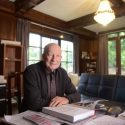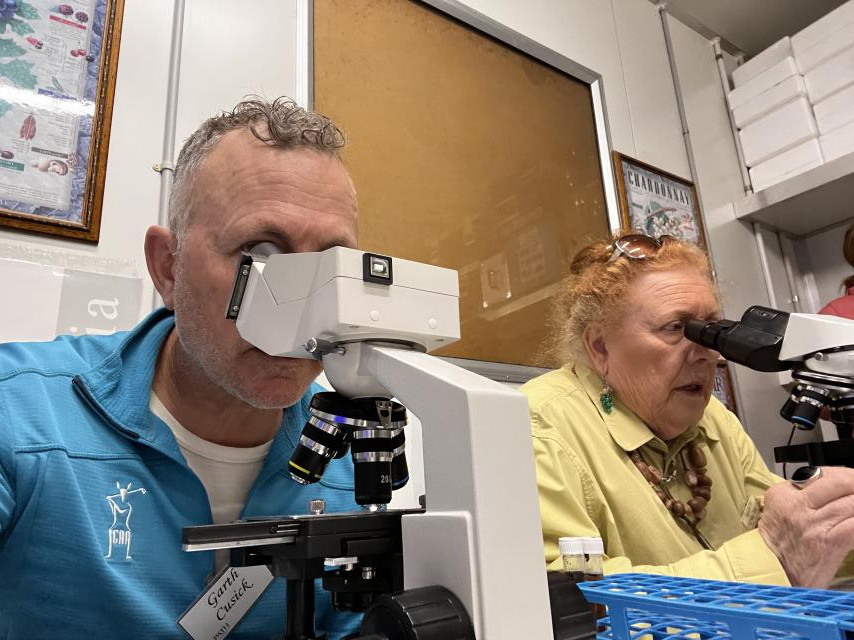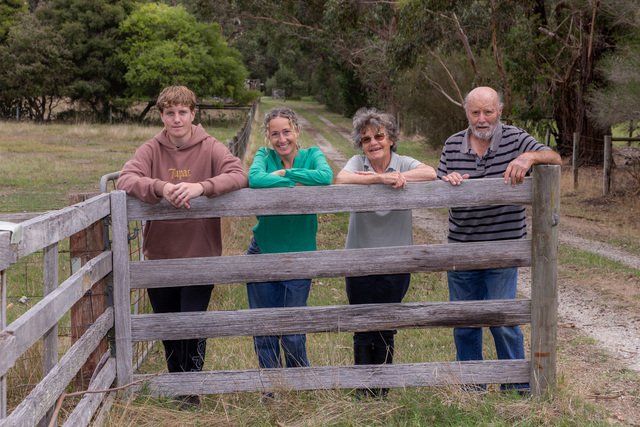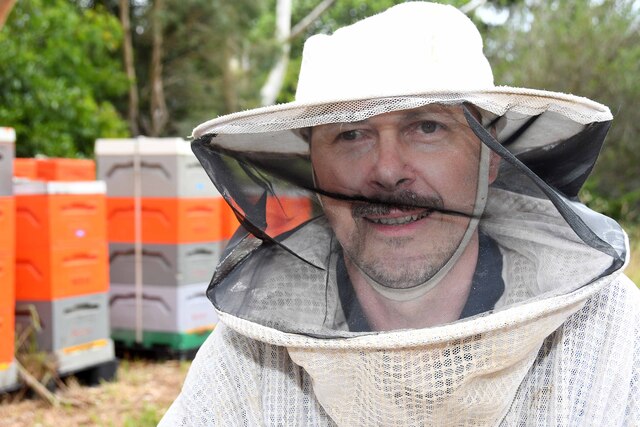The late Jack Johnson was the author of When The Clock Strikes, a fascinating account of growing up in Dandenong, his years tending to the city’s pipes and drains as a plumber and bringing up a family with wife Frances in their beloved home in Macpherson Street.
Sometimes if a couple of the horses were having worn-out shoes replaced by the farrier and blacksmith, we would have to wait a bit longer before we could take the horses to the paddock.
The farrier worked in what is now called The Tin Shed on the corner of Scott Street and McQuade Lane, which ran to the back of the Albion Hotel.
While we waited we would visit the shops along that top end of Lonsdale Street.
On the Scott Street corner was the Bank of Australasia.
Next door to that was Osborne’s delicatessen, and then came Hattam’s, a drapery and wool shop where we went to get wool and cotton for mum and grandma.
It had the most colourful display of skeins of wool and wooden cotton reels and it had one of those zinger things which sent the cash up to the elevated office and returned with a receipted docket and change.
Hattam’s was next door to the Albion Hotel and on the other side of the hotel was Mrs Wilcox’s Blue Bird Cafe and Cake Shop.
The Wilcox family had a cordial factory on Railway Parade before it became the Europa Cheese factory.
Next to the Blue Bird Cafe was Chandler’s Laundry, then Reg Stevens’ fruit and vegetable shop.
That shop was the first to have wooden shutters that completely opened back and revealed the whole shop to the street, instead of having fixed windows.
He also ran a market stall and sold only top quality produce.
Potter and Sons Butchers were next, then Mrs Johnston’s grocery store and Miss Pickett’s Coffee Palace on the Clow Street corner.
At the back of the hay and grain store the roof of the loading dock was high enough to take the lofty wagon-loads of baled straw and bags of chaff that Murph’s dad delivered from the canvas covered railway trucks and goods sheds at the rail siding opposite the end of Hammond Road.
When returning to the hay and grain store with a full load he got us to run alongside the wagon and tell him if the high load was going to fit beneath the subway and the railway bridge on Cheltenham Road.
I think he had taken to many loads under that railway bridge that he could make the load, and he only did this to make us kids feel important.
There was another large corrugated iron building on the corner of Clow and Stuart streets where Murph’s dad delivered loads of baled straw and to a lesser extent baled grass hay.
That building was used as an extra store house for Mr Patterson.
When we went to this building and played on the stacks of baled hay we wondered what the two large concrete blocks with bolts sticking out of them were used for.
A number of years later we learned that that building had previously housed the generators for the first Dandenong electricity supply, officially opened in May 1914.







